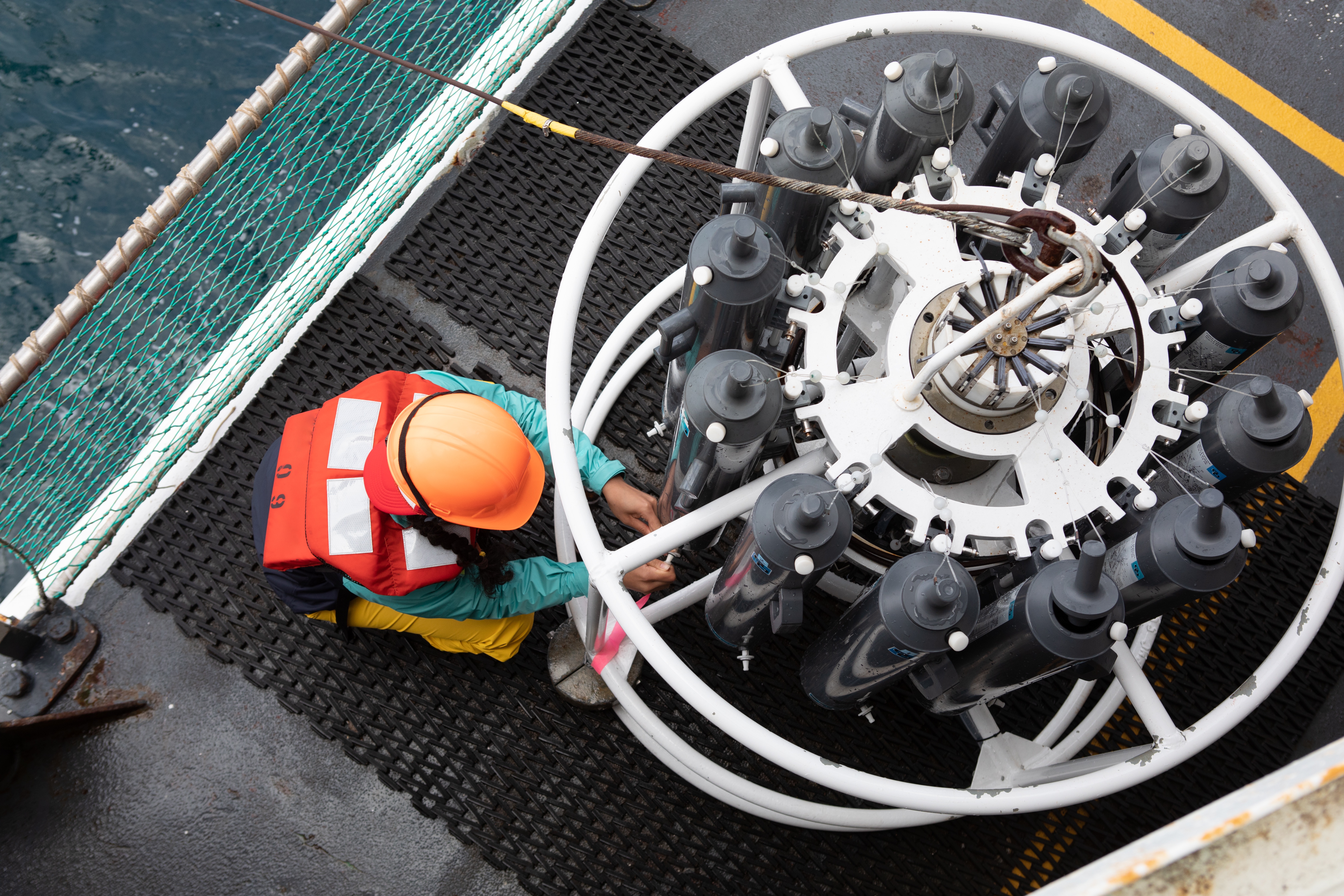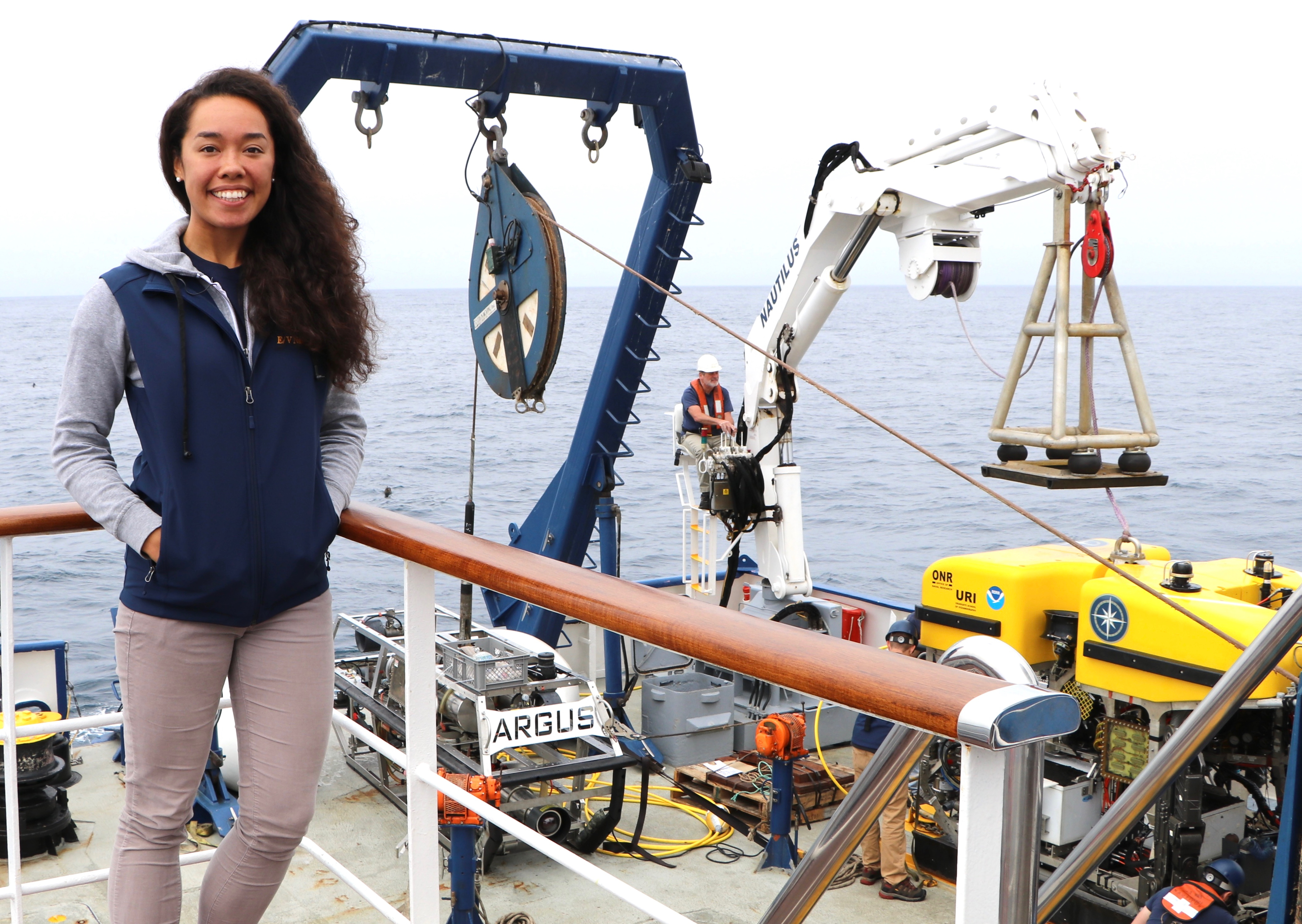Tracking climate change below the surface
Human induced change has been well studied in easily accessible locations (land, and surface ocean), but the extent to which deeper parts of the ocean feel human impacts is understudied. I am investigating the ways in which deep sea coral ecosystems are affected by ocean acidification, deoxygenation, and temperature variability higher in the water column.
Specifically, I seek to answer the following questions: 1) How have surface water carbonate chemistry and biological productivity changed over timescales of modern oceanographic monitoring (i.e. decades), and 2) Is there evidence that these short-term processes impact benthic communities?



